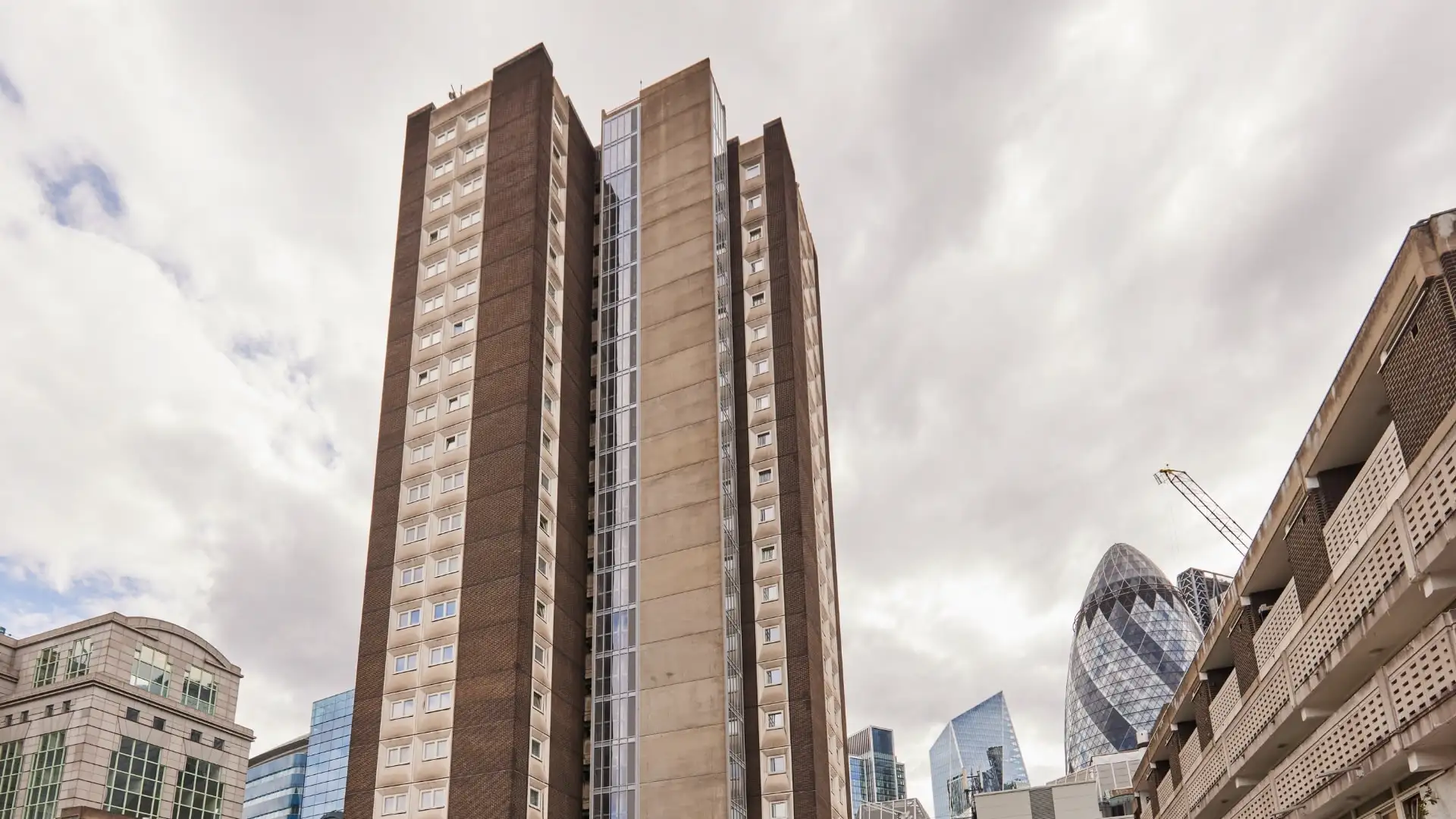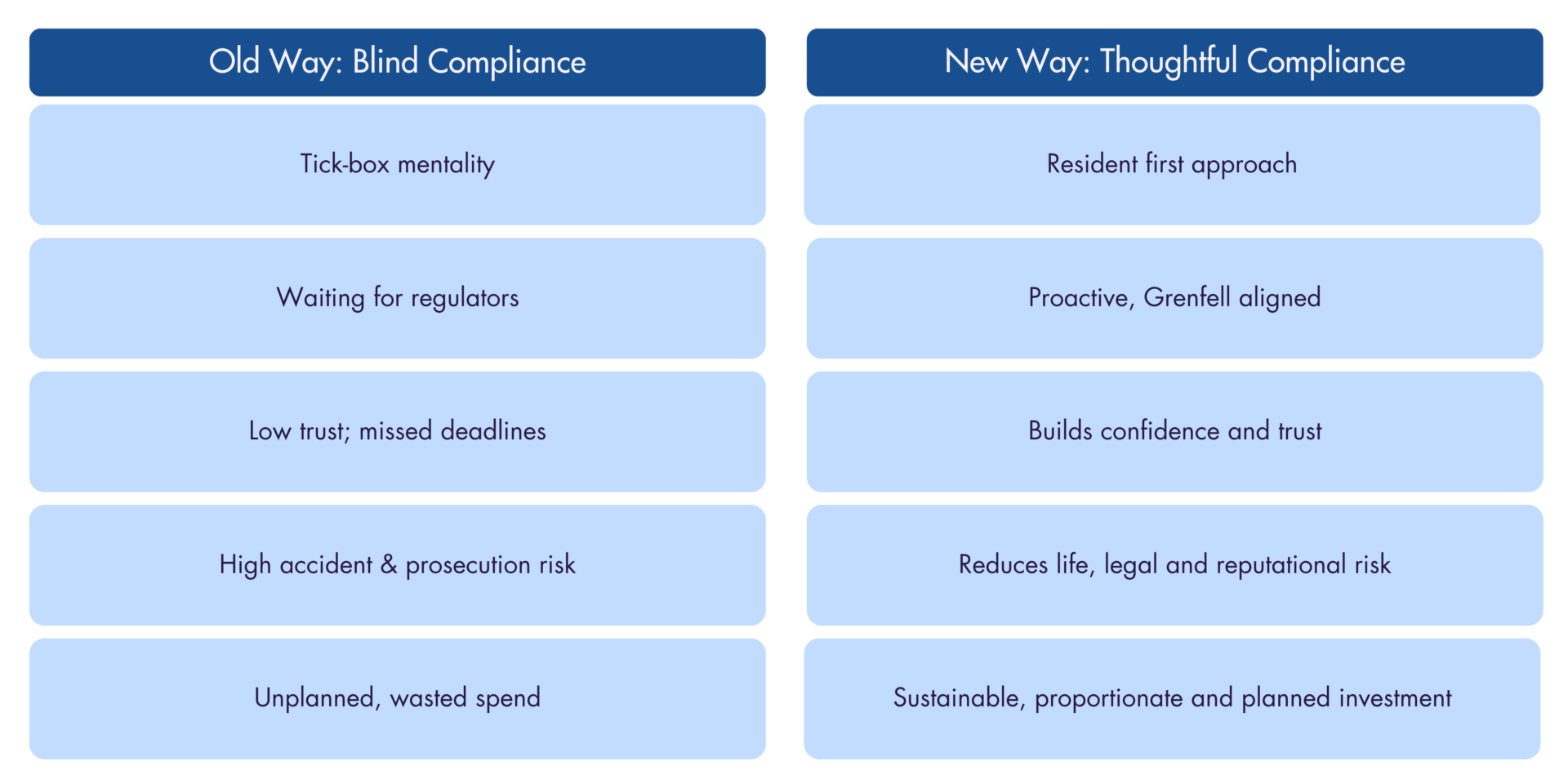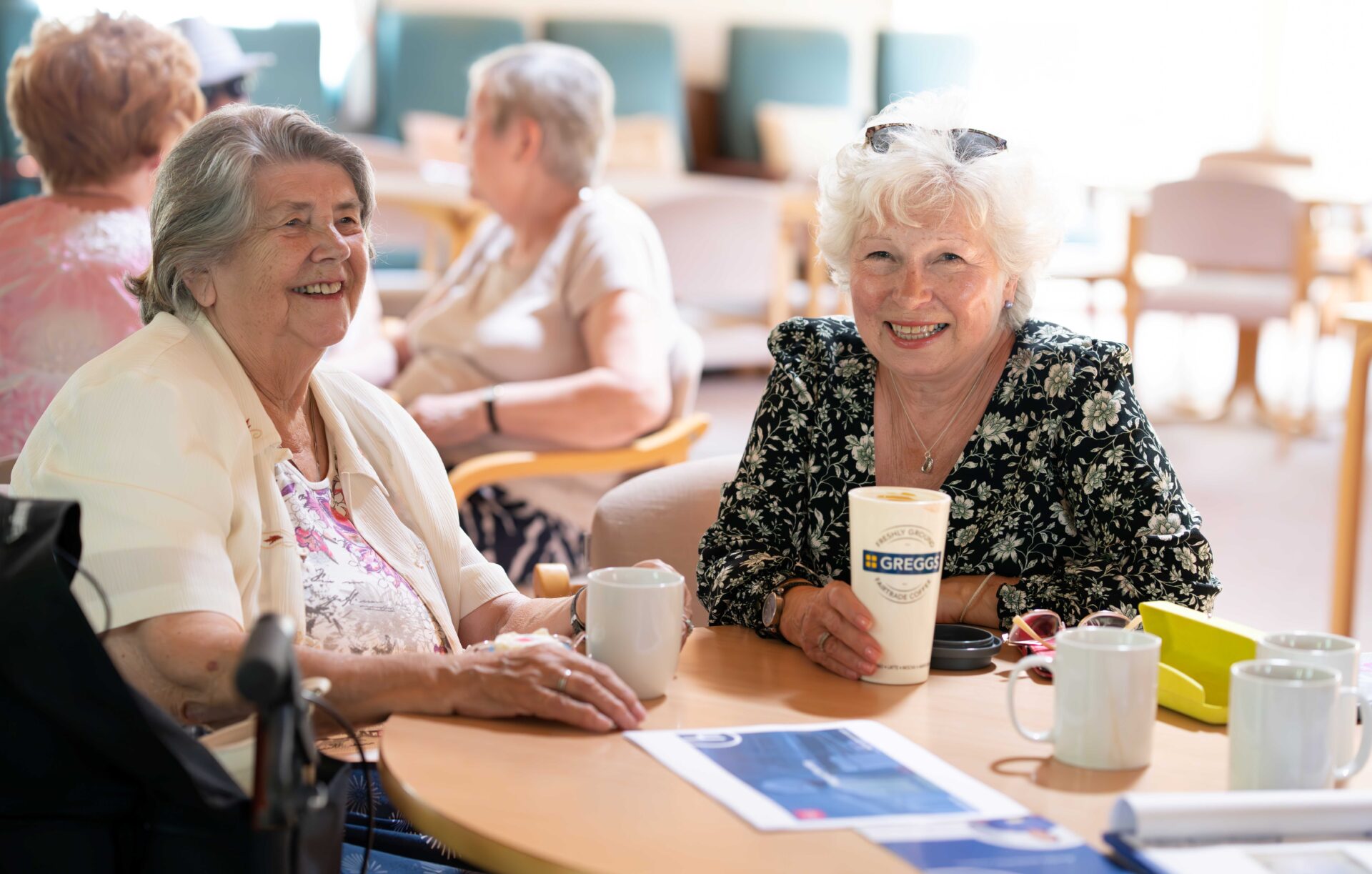Any resident death or serious injury is a Board-level crisis: a personal tragedy, reputational damage, and regulatory scrutiny.
After Grenfell, the question was: “How did this happen?” and “Could this happen to us?”
Our job is simple: keep tenants safe. Regulators act fast when safety is ignored.
"When people are not at the centre of fire safety design, it becomes dangerous."



Key question: Do we know enough to act decisively and proportionately?
Key question: Have we identified and ranked the real hazards, not just the visible ones?

Learn how the Life-Safety-First Framework can help safeguard your people while strengthening organisational resilience. Download the full report below for in-depth insights and practical guidance.